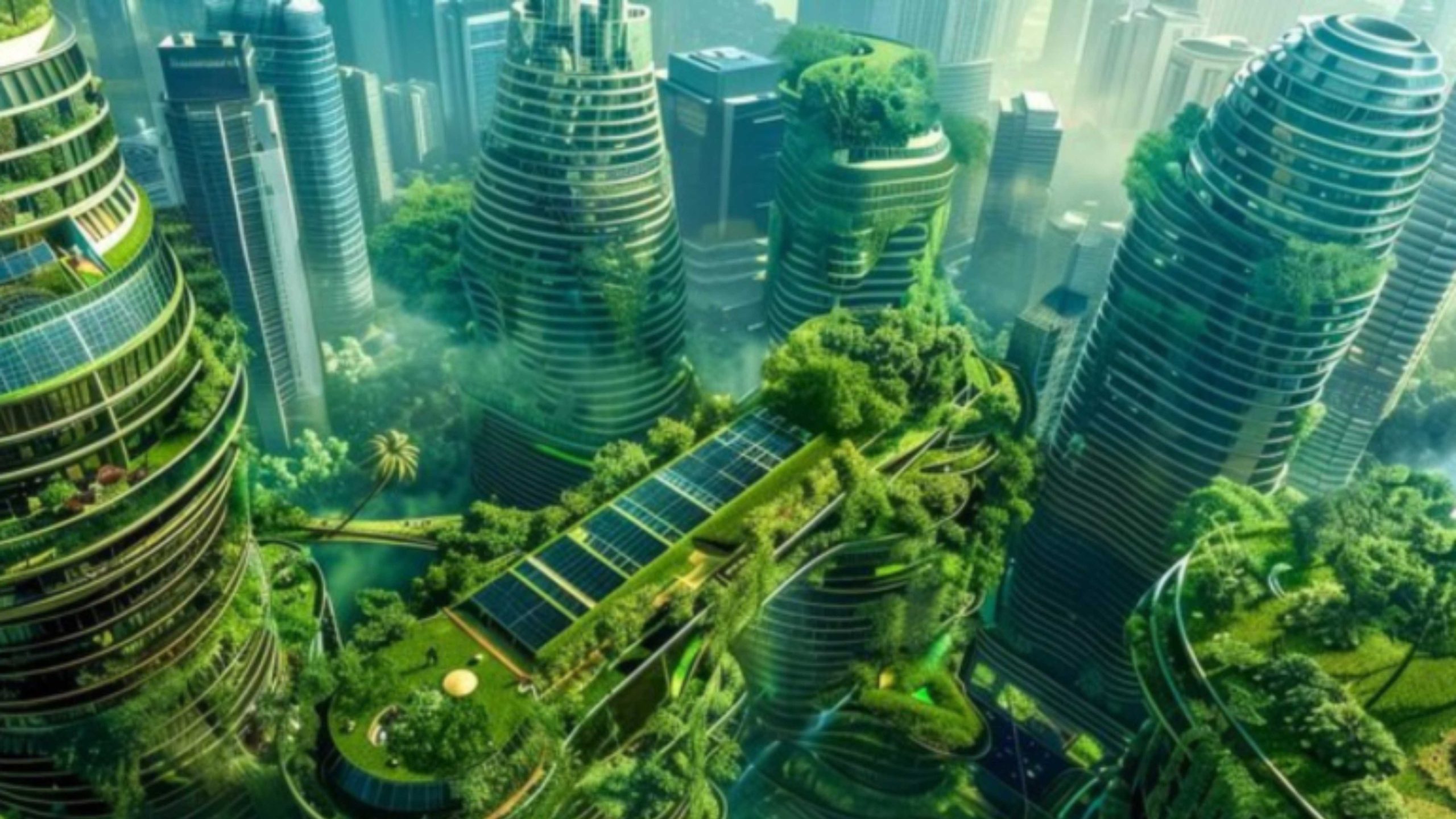
Smart Cities: How Technology is Revolutionizing Urban Sustainability
In today’s busy metropolises, the idea of a “smart city” is becoming more and more popular. Technology integration into municipal infrastructure is becoming essential as urban populations grow and resource management takes on ever-greater importance. Utilizing data and digital technology, smart cities maximize resource utilization, raise residents’ quality of life, and increase the effectiveness of urban operations and services. The goal of sustainability, or making sure that cities can satisfy current demands without jeopardizing the ability of future generations to fulfill their own needs, is at the core of this transition. We’ll look at how technology is revolutionizing urban sustainability and influencing future city designs in this blog.
Defining Smart Cities
Let’s start by defining a smart city before exploring the revolutionary potential of technology in revolutionizing urban sustainability. Fundamentally, a smart city uses a range of technologies, such as sensors, data analytics, IoT (Internet of Things) devices, and connectivity, to collect and process data on its resources, infrastructure, and population. City officials are better equipped to allocate resources, make well-informed choices, and provide services like waste management, energy, water, transportation, and healthcare thanks to this data-driven strategy.
Efficient Resource Management
Utilizing resources as efficiently as possible is one of the main objectives of smart cities, from water and electricity to transportation. Modern sensor networks track how much energy is used by streetlights, buildings, and other infrastructure, enabling in-the-moment efficiency improvements. For example, smart networks can reduce waste and expenses by dynamically adjusting the distribution of electricity based on demand.
Another important issue that smart city efforts address is water management. Water supply networks are equipped with sensors that identify abnormalities or leaks, allowing for timely repairs and a reduction in water loss. Additionally, water is used effectively in gardens, parks, and agricultural regions thanks to smart irrigation systems that are outfitted with weather forecasting algorithms. This lowers water use while preserving green landscapes.
Sustainable Transportation
A key component in the pursuit of urban sustainability is transportation. With the help of projects like multimodal transit options, EV infrastructure, and sophisticated traffic management systems, smart cities are transforming the transportation industry. Real-time traffic flow optimization and monitoring reduce pollutants and fuel consumption, therefore relieving traffic congestion.
Additionally, the widespread availability of EV charging stations promotes the use of electric cars, which lowers air pollution and the need for fossil fuels. Furthermore, the use of public transportation is promoted by intelligent transportation systems, such as trains and buses that have real-time passenger information and optimized routes, which lowers carbon emissions even more.
Green Infrastructure and Urban Planning
To improve environmental quality and resilience, smart cities place a high priority on the development of green infrastructure and sustainable urban planning. Parks, urban forests, and green roofs are examples of green spaces that reduce the impact of the urban heat island, enhance air quality, and offer recreational opportunities for locals.
Land-use management and urban planning are further supported by digital technologies like urban simulation models and geographic information systems (GIS). City planners can use these technologies to simulate scenarios, analyze geographical data, and allocate resources as efficiently as possible for sustainable growth. Incorporating environmental factors into urban design choices can help smart cities build more resilient and livable neighborhoods.
Citizen Engagement and Empowerment
The involvement and empowerment of citizens is essential to the success of smart city projects. Residents and local officials may communicate directly thanks to technology, which promotes openness, cooperation, and involvement in decision-making. Citizens can receive information about local services and activities, report complaints, and offer comments using mobile apps, internet platforms, and social media outlets.
Furthermore, the notion of the “citizen sensor” is becoming more popular, whereby locals assist in gathering data via their own devices or sensors placed across the neighborhood. With the use of this crowdsourced data, local environmental conditions, public safety issues, and quality of life metrics may be better understood, enabling individuals to take an active role in ensuring their communities remain sustainable.
Challenges and Considerations
Although there is no denying the potential advantages of smart cities in promoting urban sustainability, there are a number of issues and concerns that need to be taken into account. Large-scale data collection by smart city systems raises privacy and data security problems, which calls for strict privacy laws and safeguards.
Additionally, as not every resident may have equal access to digital tools and connectivity, the digital divide presents a challenge to fair access to smart city technologies. It will take inclusive policies and activities to close this gap and guarantee that everyone can take advantage of technology breakthroughs.
Additionally, compatibility and scalability issues are brought on by the quick speed at which technology is developing. Interoperable systems and standards must be developed in order to provide smooth integration and scalability across various cities and regions and to fully realize the potential of smart city solutions.
Conclusion
To sum up, smart cities are a paradigm change in urban planning that uses technology to improve resilience, sustainability, and the standard of living for citizens. Smart cities are leading the way toward a more sustainable future through the integration of green infrastructure into urban planning, the optimization of resource management, and the promotion of sustainable transportation.
However, achieving the goal of smart cities necessitates overcoming a number of obstacles, such as interoperability problems, privacy concerns, and digital inequality. Governments, businesses, academic institutions, and citizens can work together to harness the potential of technology and build inclusive, sustainable, and intelligent cities. The promise of smart cities to improve our society and make it more sustainable is ever-present as long as we welcome innovation and adjust to the changing demands of urban surroundings.





